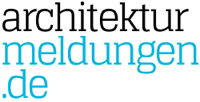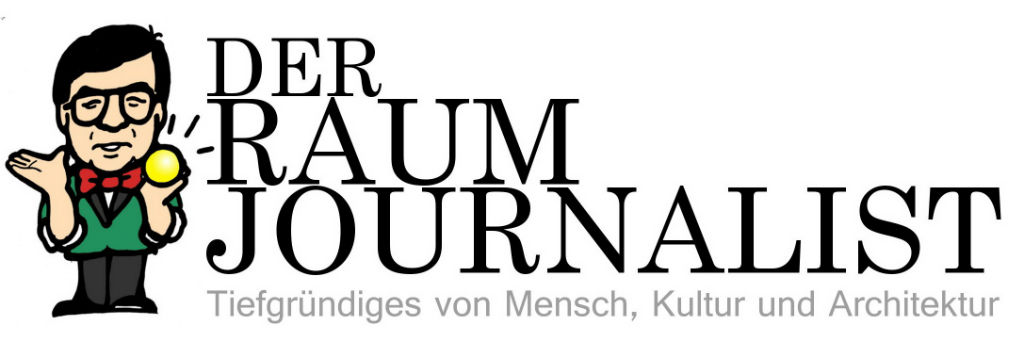Painted Architectures: Spanish post-conceptual Figuration. INTERVIEW with Jorge Tarazona
In autumn 2017, Berlin project space MEINBLAU showed “Gemalte Architekturen” (Painted architectures), an exhibition of seventeen Spanish artists. They are known in Spain as representing the Spanish post-conceptual figuration, and have been instrumental in renewing figurative painting over the past four decades. In their works, they use architecture and spatial geometry as a structural center: be it as the main motif, background, frame or as a symbolic element.

Casa Tobog├Īn, Acrylic on canvas, 81 x 65 cm, 2017
Post-conceptual figuration is an artistic style that emerged in Spain in the early 1970s, a term coined by Paco de la Torre. The aim was to redesign figurative painting from the point of view of personal poetics. The group exhibition curated by Juan Cu├®llar and Roberto Moll├Ī was devoted to the role of the architectural and geometric image in the works of these artists in particular.
We are proud to be able to present you deconarch.com interview series with four of the post-conceptural Spanish artists within the following weeks: We were emailing with ├üngel Mateo Charris, Roberto Moll├Ī, Jorge Tarazona┬Ā and Paco de la Torre about their work, the meaning of architectural motives therein and the merits of painting.
all illus. (c) Jorge Tarazona
www.jorgetarazona.com┬Ā
INTERVIEW
Why the focus on architecture, architectural motives, who does architecture influence your work?
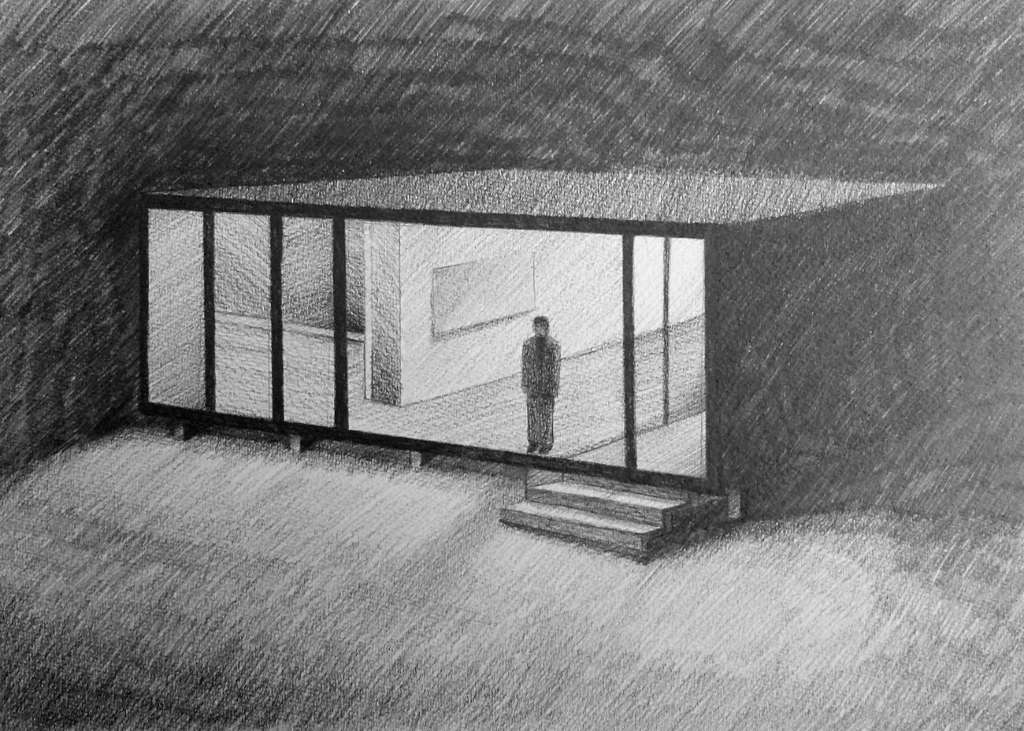
Casa, Part of the serie for Walden Project, Graphite on paper, 21 x 29,7 cm, 2014
It is difficult to say why, as I donŌĆÖt always focus on architecture, but it is true that there is a heavy presence of it in my work. My father is an architect and when I was 16, I wanted to study architecture, so I started to take drawing lessons because by that time there was a sculpture drawing exam required to access university. After two years of sculpture drawing in a private academy, I decided to study Fine Arts instead. Later, I thought that I was going to study architecture after finishing Fine Arts, but that never happened. Then, my first studio space was my fatherŌĆÖs former architectŌĆÖs studio and I used to draw on his typical architectŌĆÖs table and was totally surrounded by 70ŌĆÖs architectŌĆÖs furniture ŌĆ” So, I think that it has always been around me and even though it is probably not the main theme in my work, I consider it as a constant influence.
Tell us a little bit about your work in general, what are you interested in?
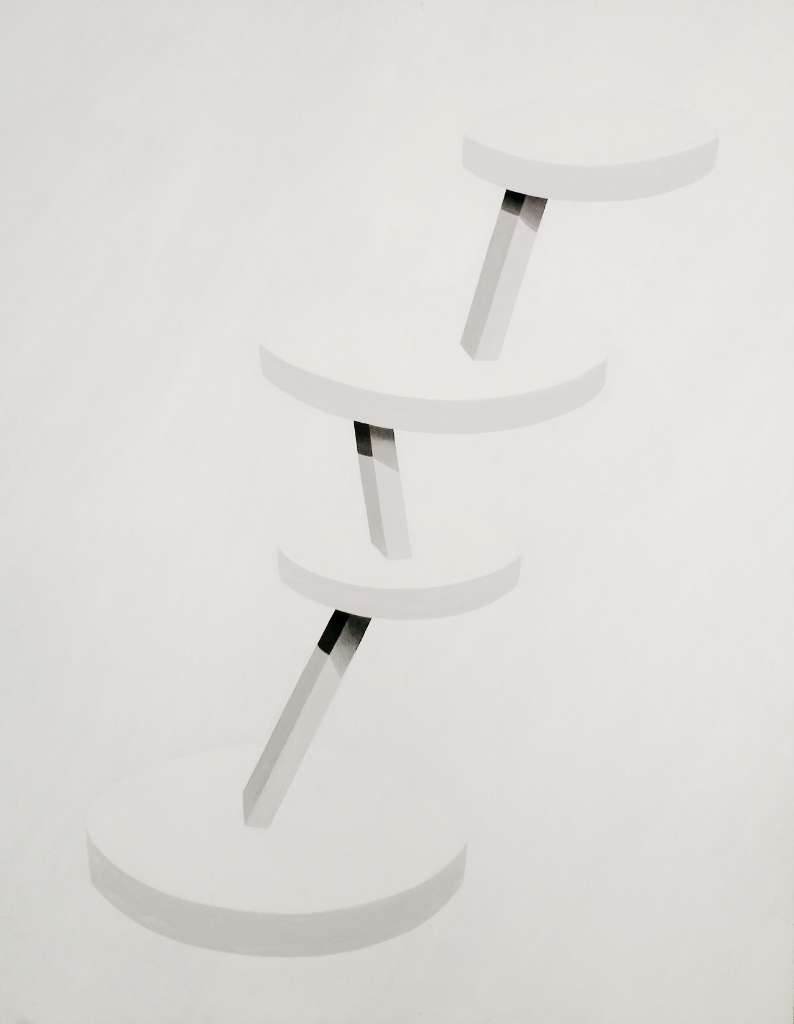
Plataformas inestables, oil on canvas, 146 x 116 cm, 2013
Well, my work is like a continuous search about some kind of strange feelings. I like to identify them and try to extract an image from them. These concepts derive from myself or from society in general, but I think that incongruousness is the core element. This could be considered similar to surrealism, but it is not. Paco de la Torre has called it Figuraci├│n Postconceptual (Postconceptual figurative) and I also think that it is the term that describes it best. We (postconceptual painters) mainly work around similar concepts as the typical conceptual artists work. It is just the materials that we use or the way of bringing our ideas to life what maybe changes. For example, I consider Duchamp one of my main influencers, from ŌĆ£The Large GlassŌĆØ and the use of no background for it, to the inframince concept, which I always try to achieve in my work. Not to say that I was totally influenced about the John CageŌĆÖs silences when I started painting and tried to apply it in the essence of all my work.
How is your working process?
I usually do some small drawings about a main concept in a Moleskine notebook which is already divided in squares similar to what could look like a storyboard paper. I do them fast, not worrying about nothing at all. Then, after a few days, I return to my sketchbook, and select one which I sometimes try to draw better or sometimes I start painting directly. I donŌĆÖt have a clear method about it, I just do what the work or the moment requires.
Where do you find your motives? Your topics?
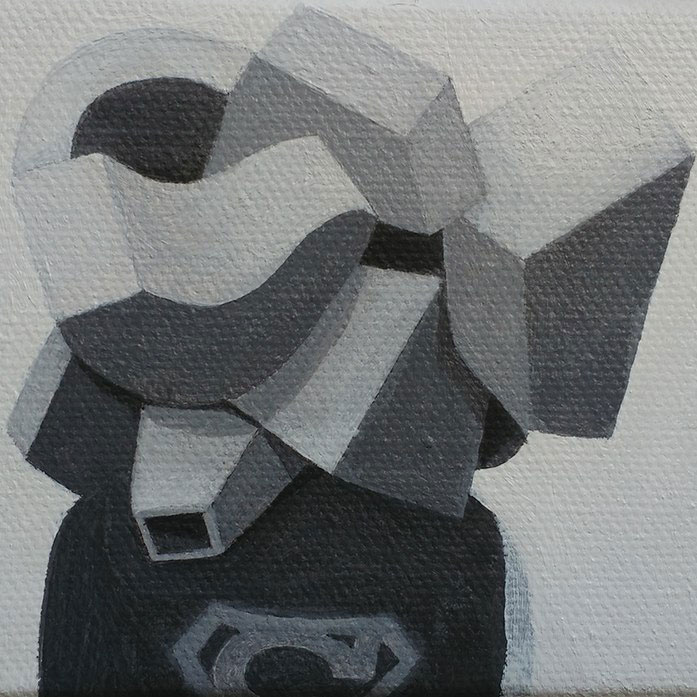
Superman, oil on canvas, 10,5 x 8 cm, 2016
I like the final aspect of something which has been painted without the need of a real model, so I donŌĆÖt take any model, I just try to paint it as realistic as I can, but from my own visualization of the concept. I usually work following series or over a main concept for an exhibition.
Why painting? Which possibilities does painting offer to you?
Why is painting so misunderstood? I couldnŌĆÖt do what I do without painting. I need a creative medium to bring these images to life. They donŌĆÖt exist, so I need to create them and what paint gives me in this case is better than what other media can give me. I have also used computer design software sometimes. As I work for a creative agency, I have no technical problems with that. But itŌĆÖs just that sometimes atoms are better than pixels. It depends on the final result that you want to achieve. For me, a canvas is something that is meant to be durable over time, and that is where I want my work to be on.
Are there role models, influences, ŌĆ” which inspire your work?
Mainly my friends influence me ŌĆ” because they are close in space and conceptually. But I think that any artist has to try hard to be him- or herself and be as little influenced as possible. Anyway, of course, there are many artists that I really admire.
Jorge Tarazona, thank you for sharing your work with us!




